Most people think of the Australian Outback and think of Ayers Rock, with desolate empty spaces of red dust and not much else. And mostly that’s what you will find. Most major cities in Australia are on the coast, in the greener more hospitable areas. The green areas on this map are where there are cities and towns and people.
But in the beige areas … it’s a very different story. Most of Australia is arid and dry and strangely beautiful. Traveling to these areas is an adventure, but not one to be taken lightly.
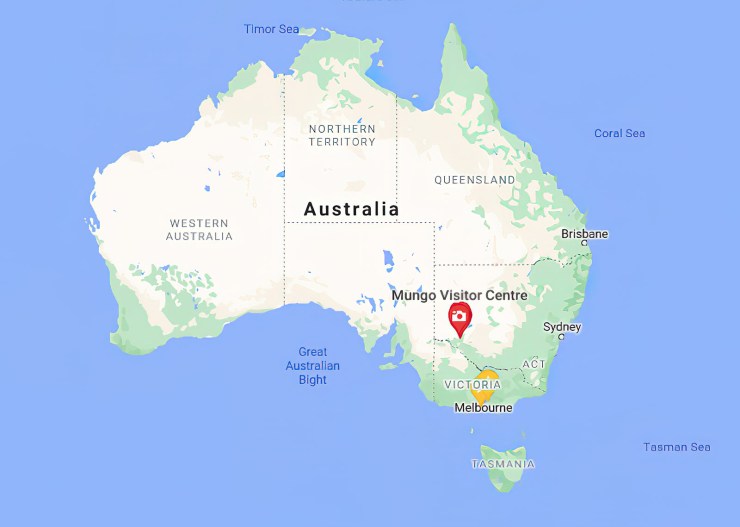
Mungo National Park
Mungo National Park is one such place. For 45,000 years this place has been home to the Willandra people. In the 1870s, hardy European men and women came to run pastoral stations out there.
But Mungo is so much more than that. Lake Mungo is a unique location for discovering not only the region’s history but also Australias. Its unique location is in part by the geological stability of the region for 1000s of years. In this stable environment, sediment has been piling up waiting to be discovered and recorded. The continuously shifting sands have unearthed hidden treasures.
Tourists have been coming since the 1960s to visit the Homestead and the Walls of China, another unique location in the region. In the late 1960s, the scientists came as well. In 1978, it was sold to the National Parks and Wildlife Service and turned into Mungo National Park in 1979.
Mungo Man & Mungo Lady
Mungo itself was made famous in 1967 when Mungo Lady was found. These remains rocked the scientific community, dating back 42,000 years. They were the oldest human remains ever found in Australia and some of the oldest outside of Africa.
Mungo Man was found a year later and is just as old. Recent evidence of stone artifacts found in the area suggests Aboriginal people have lived at Mungo for over 45,000 years. Add to those varied and numerous 20,000-year-old footprints of the Willandra people, it’s an area that needs to be preserved.
The Walls of China
In the words of my Mother, who wrote about “Walls of China” after a visit back in the late 1970s for Trek Magazine, “The Apollo missions astronauts could have used the ‘Walls of China’ area in outback New South Wales for their moonwalks, so uncannily like the moon, it is.”
Not much has changed, but the trickle of tourists is now more of a slow flow. This area is completely surreal and unimaginable to visit. It’s one of those rare places on this planet that feels strangely and mostly untouched by man.
It’s awe-inspiring and humbling, but peaceful. A sense of time standing still. There are still touches from man here and there, but I think nature is slowly claiming them back.
.mgl-tiles { display: none; } #mgl-gallery-634ef02d59c57 { margin: -5px; width: calc(100% + 10px); } #mgl-gallery-634ef02d59c57 .mgl-box { padding: 5px; } @media screen and (max-width: 768px) { #mgl-gallery-634ef02d59c57 { margin: -5px; width: calc(100% + 10px); } #mgl-gallery-634ef02d59c57 .mgl-box { padding: 5px; } } @media screen and (max-width: 460px) { #mgl-gallery-634ef02d59c57 { margin: -5px; width: calc(100% + 10px); } #mgl-gallery-634ef02d59c57 .mgl-box { padding: 5px; } }
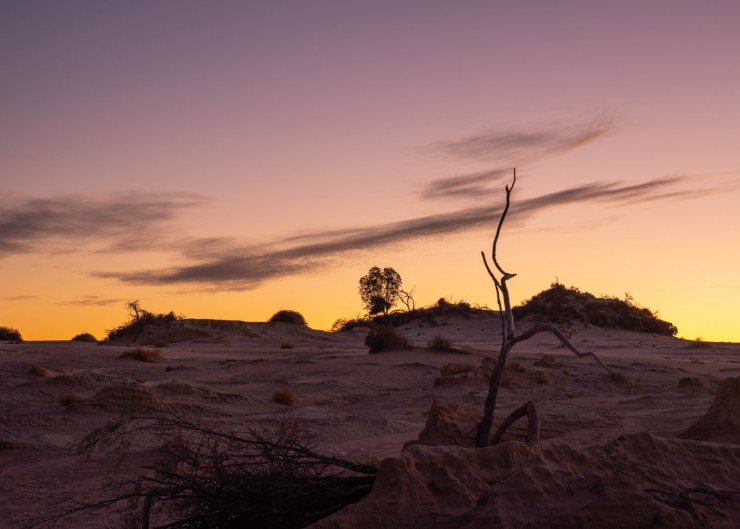
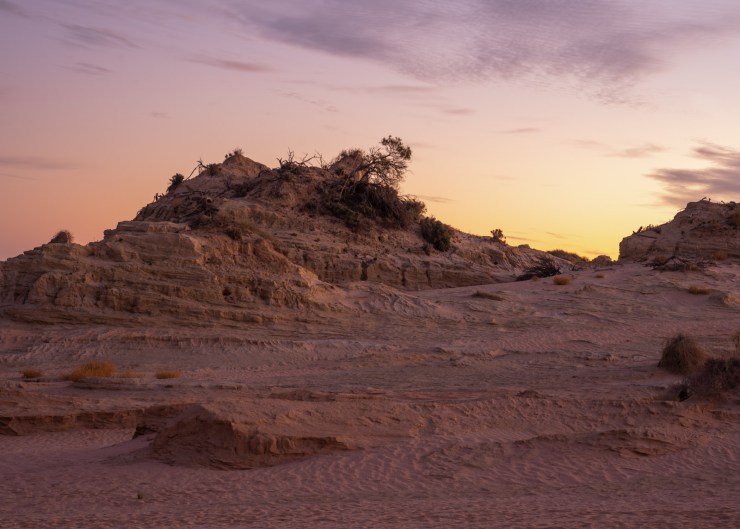
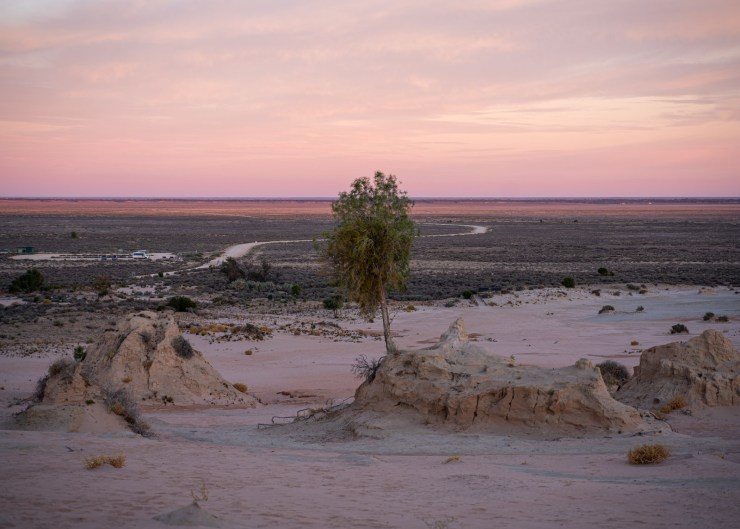
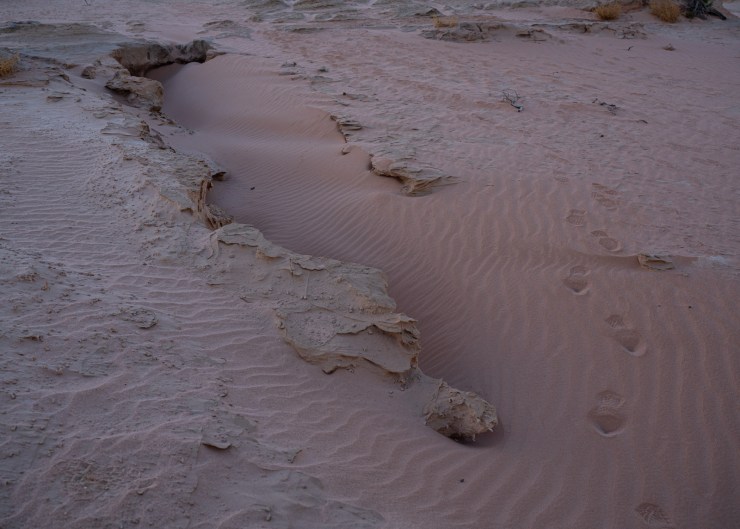

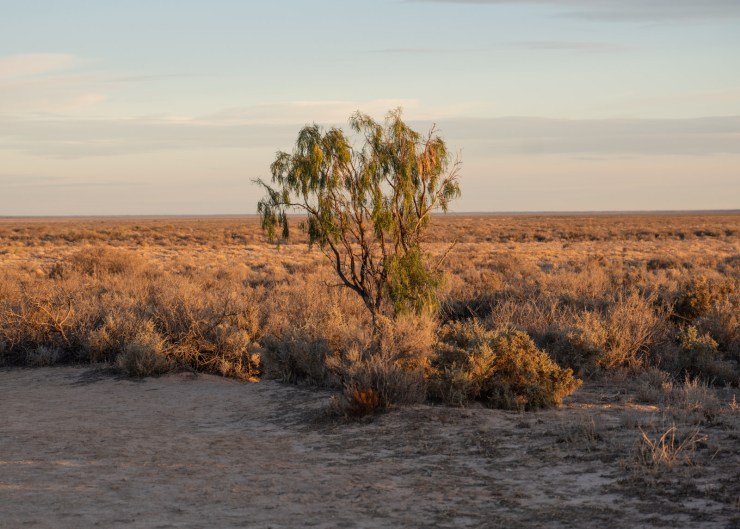
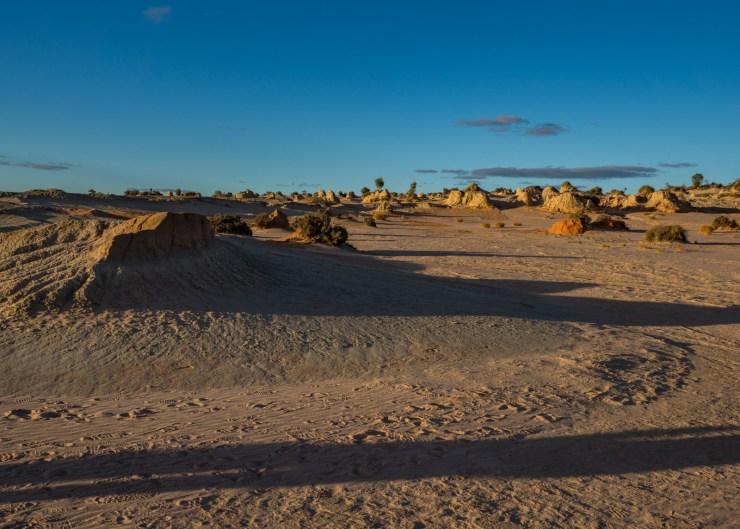
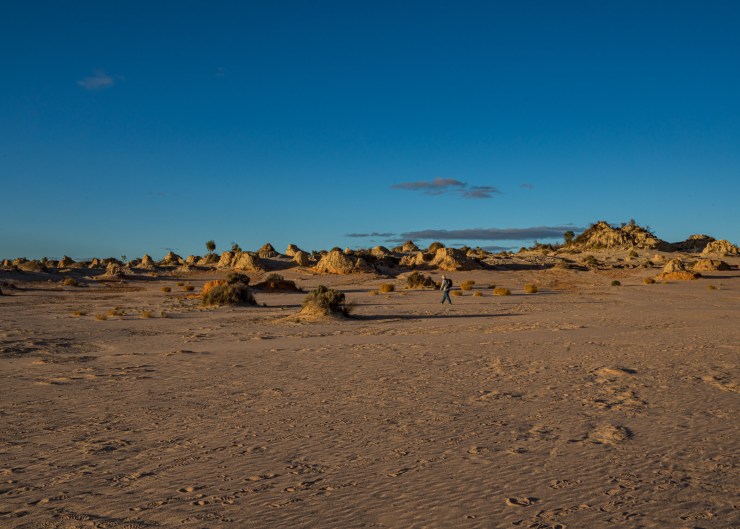
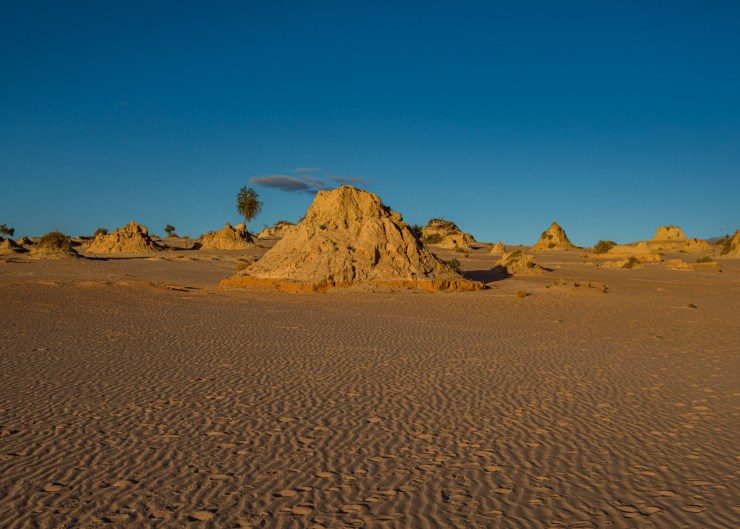
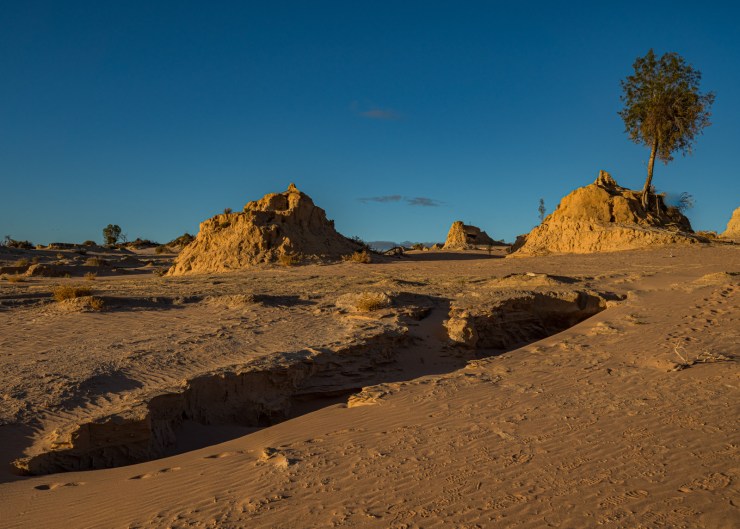
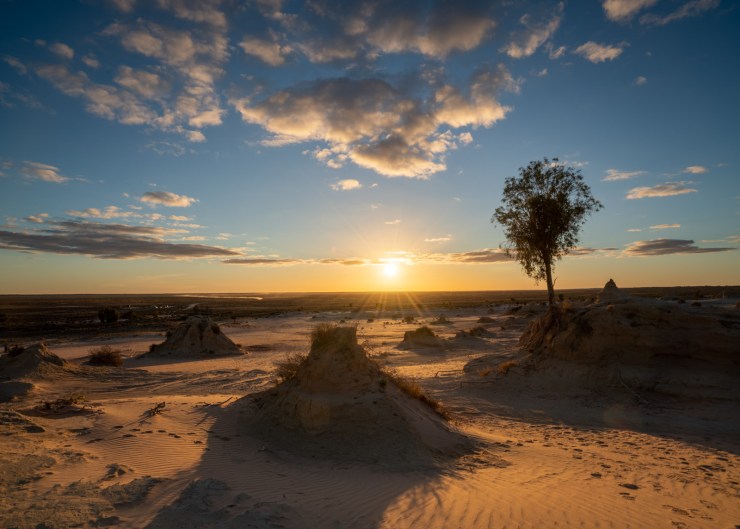
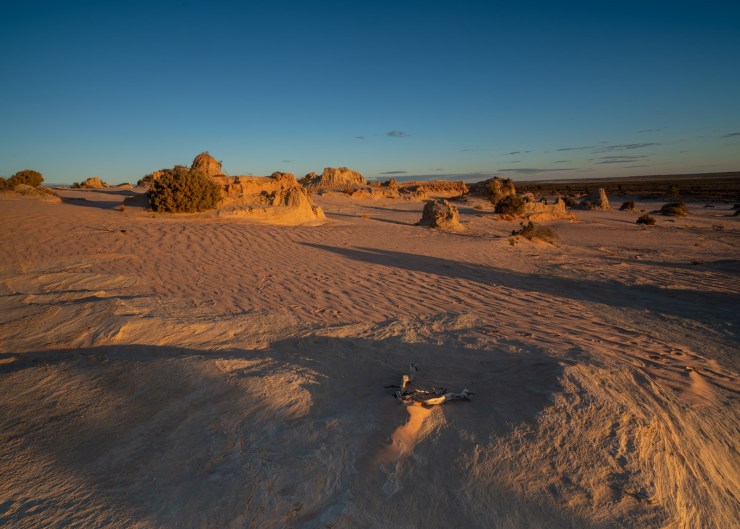
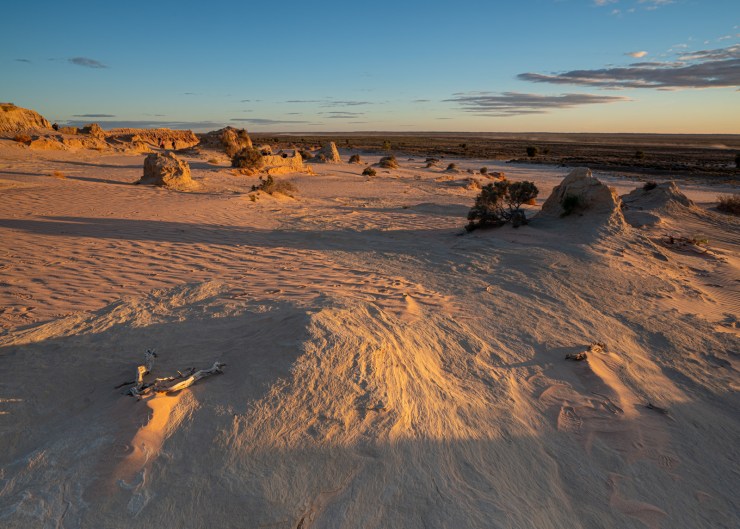


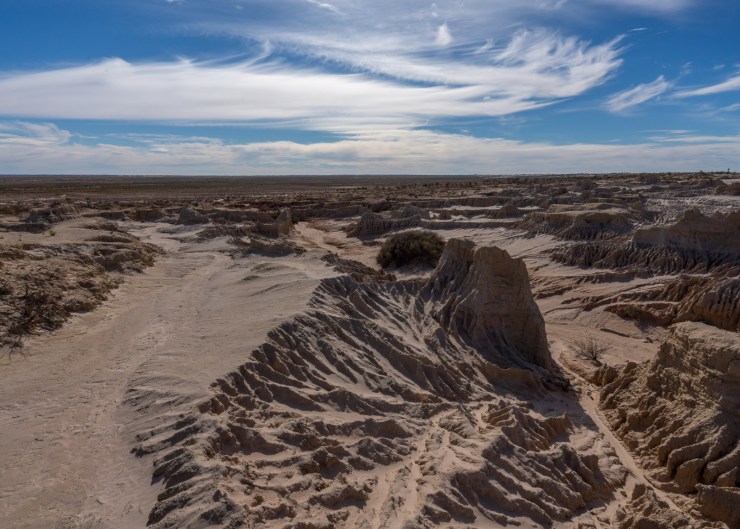
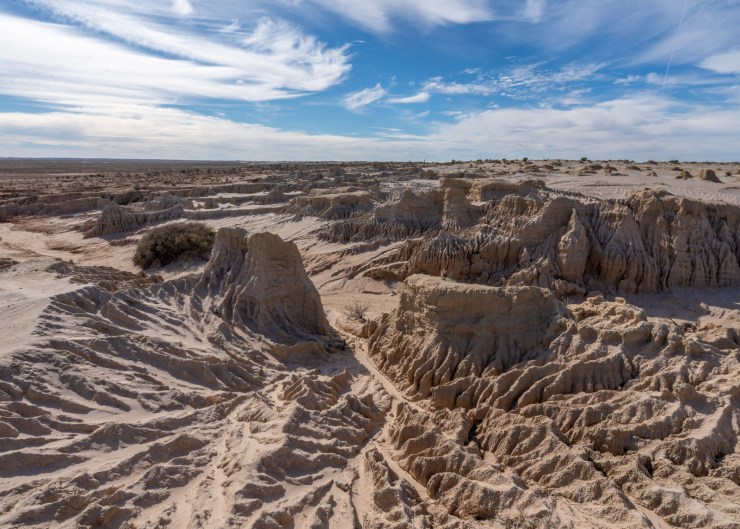
There are homesteads and old woolsheds and various other human-made artifacts, mostly now left to the elements.
It must have been an incredibly difficult and harsh living out here back in the day. These remains make stunning and stark contrasts to the landscape. There is more fauna than most people expect, with native pines and she-oaks dotting the landscape as well as scrub brush and bindi-prickles.
.mgl-tiles { display: none; } #mgl-gallery-634ef02d5dc5c { margin: -5px; width: calc(100% + 10px); } #mgl-gallery-634ef02d5dc5c .mgl-box { padding: 5px; } @media screen and (max-width: 768px) { #mgl-gallery-634ef02d5dc5c { margin: -5px; width: calc(100% + 10px); } #mgl-gallery-634ef02d5dc5c .mgl-box { padding: 5px; } } @media screen and (max-width: 460px) { #mgl-gallery-634ef02d5dc5c { margin: -5px; width: calc(100% + 10px); } #mgl-gallery-634ef02d5dc5c .mgl-box { padding: 5px; } }
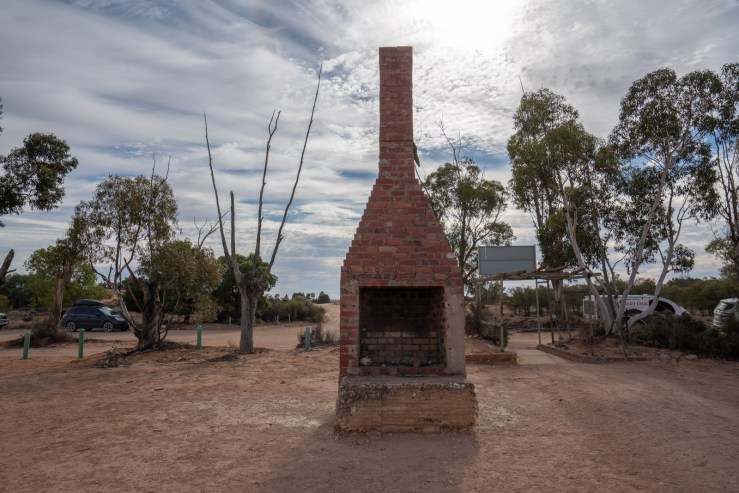
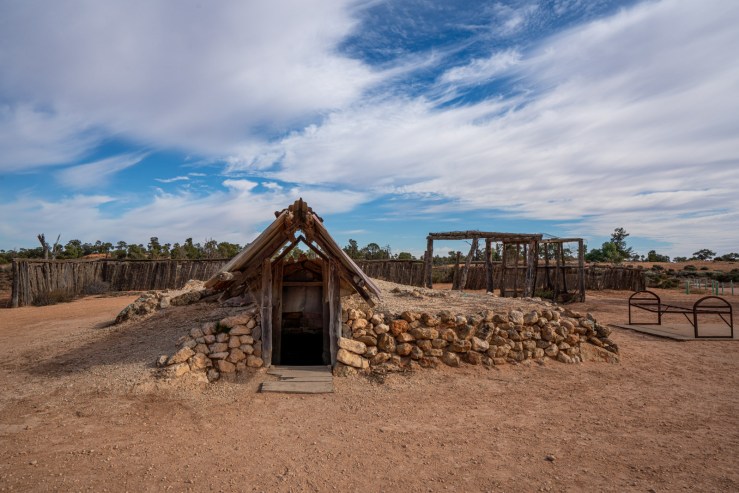



When is the best time to visit?
I have visited this location twice, in both April and May. The days are pleasant and not too hot, but the evenings and mornings are still very cold that time of year.
It hadn’t rained at Mungo for four months, reportedly they received some rain about a week after we left. It’s great to explore pretty much any time of the day, but sunrise and sunset are particularly spectacular.
What’s the best lens to capture it?
I put the wide-angle (Sony 16-35mm f/4 Zeiss) lens on my camera … and left it there! It didn’t come off my main camera at all. I did also have a 28-75mm lens on my other camera, but mainly stuck with the wide-angle. With such vast and captivating vistas, I felt it was the only way to capture them.
How to get there
The only way in is by road unless you charter a small plane. The roads are fairly rough and all dirt, but can be negotiated in a standard family car or SUV and 4WD vehicles.
You need to bring pretty much everything with you, especially if you are camping. There are no shops, you can’t even buy petrol. If you stay at the lodge (which we did), all meals are covered in a package deal. It is a half-day trek from Wentworth on the NSW/Victorian border, on mostly sealed roads, just the last couple of hours on hard-packed dirt and dust.

Not sure what to take with you? Here’s some ideas on what to pack when exploring remote locations.
Tell your story with the second annual Visual Storytelling Conference!
Experience four days of interactive, online training sessions featuring a range of educational content with experienced photographers and content creators. This free event kicks off with a series of technical boot camps to build essential skills, followed by live, online sessions on photography, video, business and social media. Join live from March 10-13, 2022!
